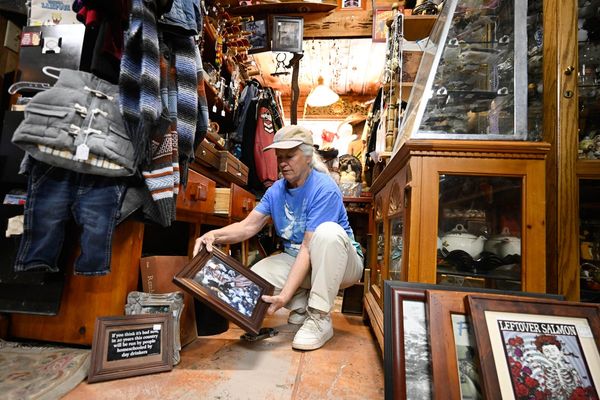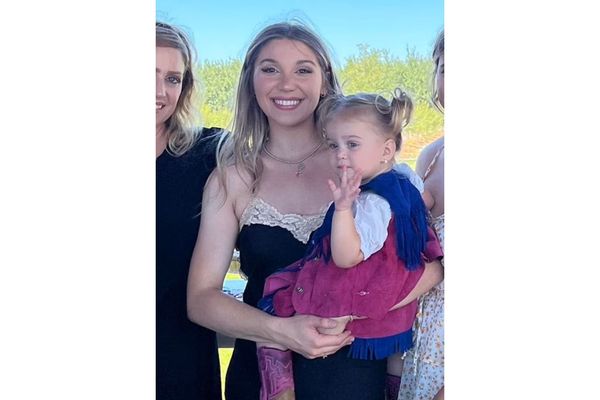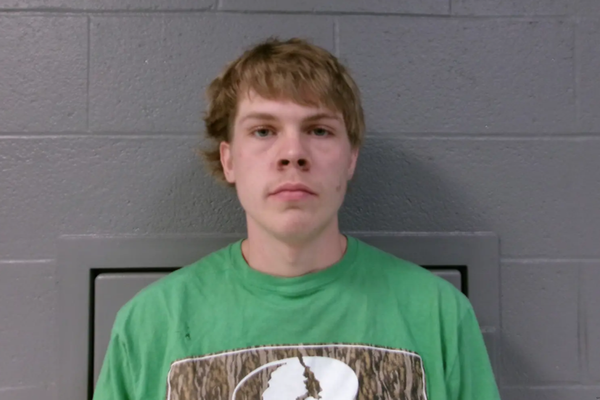
Compton Verney turns 20 this year. It deserves more than the modest bouquet of balloons in its foyer. A world-class museum in a Georgian mansion, combined with gleaming contemporary galleries and a sculpture park unfolding through the undulations of Capability Brown’s gracious landscaped grounds, it is nigh on perfect.
The birthday celebrations are typically generous: a trio of exhibitions plus new outdoor sculptures. This is true to the spirit of Sir Peter Moores, who bought and transformed a once-derelict property for the public’s pleasure. His wonderfully eccentric collection includes Neapolitan paintings of Vesuvius erupting in scarlet fireworks, portraits from Lucas Cranach to Joshua Reynolds, Samuel Cooper’s celebrated miniature of Oliver Cromwell, warts and all, unrivalled British folk art and ancient Chinese glories.
Go to Compton Verney and you will encounter the great Heavenly Horse, over a metre high and prancing ebulliently forward across the millennia. It is almost as old as the massive bronze bowl circa 475BC, its patination running through garlands of blues, pinks and greens. The still water it once held was used as a mirror.
Compton Verney shows are very often reflective of the building’s past, its art collection and landscape. So it is with The Taotie, the special commission of Gayle Chong Kwan’s installation of photographs of herself in a sequence of masks fashioned from archival images rendered as X-rays. The material is complex: old photographs of people, places, plants and seeds, of historic plaques and ghostly documents. Each shot shows the artist in front of a significant institution, from the British Museum to East India House. Her father (who appears in one mask) was Chinese-Mauritian, and it is possible to unpick each allegory in terms of empires, sugar plantations, servitude and immigration.
But Chong Kwan’s aesthetic speaks straight to the ancient art around it, from the horse’s curclicued nostrils to the bowl’s delicate colour variations. She pays homage to the past, in these masks, even while exploring the brutal politics.
A terrific show of women and non-binary artists’ work, A Spirit Inside, takes its title from a 1920 letter Dora Carrington wrote to a friend, explaining her resistance to marriage. “To marry him would not make it any better, because one cannot change a spirit inside one”. Carrington’s Iris Tree on a Horse, showing her actress pal forging ahead on a silver charger, is both brilliantly jaunty and wilfully cack-handed, just like Rose Wylie’s nearby portrait of the actress Billie Piper.
These works are judiciously (and thriftily) selected from two sources, the Women’s Art Collection and the Ingram Collection. Unexpected marvels come from both. Here are Eileen Cooper’s energetically unladylike dancers, reeling around in the perpetual spring of her painting, and Perminda Kaur’s copper reliefs of ferociously sharpened turbans. Cindy Sherman’s self-portrait posing as a porn model, qualified by sorrowful eyes and tattered garments hangs opposite Linder’s equally ambiguous photograph of herself in perfect eyeliner, but with smudged lipstick and minute holes in her top. What are women supposed to look like?
Winifred Nicholson’s exhilarating portrait of her friend Vera Moore at the piano shows her face as a blur of concentration as the whole painting lifts off in rippling harmonies of light and colour around her. Kate Montgomery’s tempera miniature of a woman sitting alone and peaceful in a chamber rich with textiles echoes the Mughal paintings found across the landing at Compton Verney. But this is also – and in both respects – A Room of Her Own.
Paula Rego’s mordant pastel depicting the tale of Ines de Castro, a 14th-century Portuguese noblewoman murdered by the king, shows her rotting corpse, exhumed by his son (Ines’s lover) to avenge the crime. With much Mediterranean stubble and an air of absurd piety, the prince kneels to kiss her skeletal hand. Not much use to the poor woman, of course, now she’s gone.
Ines gets a tragicomic life back from Rego, and so it is with Rebecca Fortnum’s very delicate drawings of L’Inconnue de la Seine, the anonymous young woman who drowned in the river in late 19th century Paris. The morgue attendant was so struck by her beauty that he made a death mask that has been much admired (and much reproduced, for mantelpiece deocration) ever since. Fortnum depicts her on a large scale, and with a sense of contained inner self, as if she was still alive but with her eyes closed and just thinking.
The show’s theme may be nebulous, but its significance becomes increasingly apparent all the way through several galleries of art from the past hundred years. What is within is not necessarily without. It is something that Louise Bourgeois said of her gigantic bronze statues of spiders – that they were like women who repaired what was damaged; if you bash into their webs, they just get on and reweave them.
Out in the grounds, among the daffodils, one of Bourgeois’s spiders suddenly seems fairytale bright in the pale spring light, despite its gigantic size; a force for the good. Helen Chadwick’s white Piss Flowers drift like bright daisies across the manicured lawns. And high on a hill, British-Ghanian artist Larry Archiampong’s flags flutter in the breeze, each combining the high-chrome elements of different African banners in a spectacle of Pan-African unity.
Inside, Landscape and Imagination: From Gardens to Land Art is superbly – and wittily – curated. It opens with images of actual gardeners: Frederick Walker’s Victorian coachman pondering his prodigious cabbages, William Henry Hunt’s portrait of James Anderson, gardener for the Earl of Essex who later become Superintendent of the Botanical Gardens in Sydney, Helen Allingham tending the lupins in Tennyson’s garden in Sussex.
And this interplay between aristocrats and workers continues throughout. You never see a Claude Lorrain forest without an attendant image of tree surgeons, or one of Humphrey Repton’s famous Red Books (in this case for Woburn Abbey) without an image of men wheeling barrows.
The wild glories of Petworth, as painted by Turner, contrast with the kitchen gardens of Stanley Spencer, or John Shelley’s haunting Annunciation, set in an English cottage garden. And the whole show ends with Edward Bawden’s realisation of Francis Bacon’s imaginary garden, from the 17th century, all fountains and avenues and linear structures, with two tiny figures bottom right: the owner and the actual gardener who has achieved all this.
The show is stuffed, Christmas pudding fashion, with masterpieces - Samuel Palmer’s view of the Villa d’Este, Canaletto’s Grand Walk in Vauxhall Gardens, where landscape becomes theatre set, Ian Hamilton Finlay’s sequence of stone finials that runs all the way from a perfect sphere through to a neoclassical pineapple; look closely and you see the garden ornament is in fact a grenade.
Best of all is Eric Ravilious’s greenhouse full of carnations and geraniums, presumably waiting for some luxurious border, but here shown in all their humility. The perspective is immaculate, the watercolour bright, clear and symmetrical, the white paper shining through the watercolour like light through the glass. A vision of a greenhouse as paradise.
Star ratings (out of five)
The Taotie ★★★★★
A Spirit Inside ★★★★★
Landscape and Imagination ★★★★★
• Landscape and Imagination: From Gardens to Land Art until 16 June; A Spirit Inside until 1 September; The Taotie until 31 March 2026. All at Compton Verney







